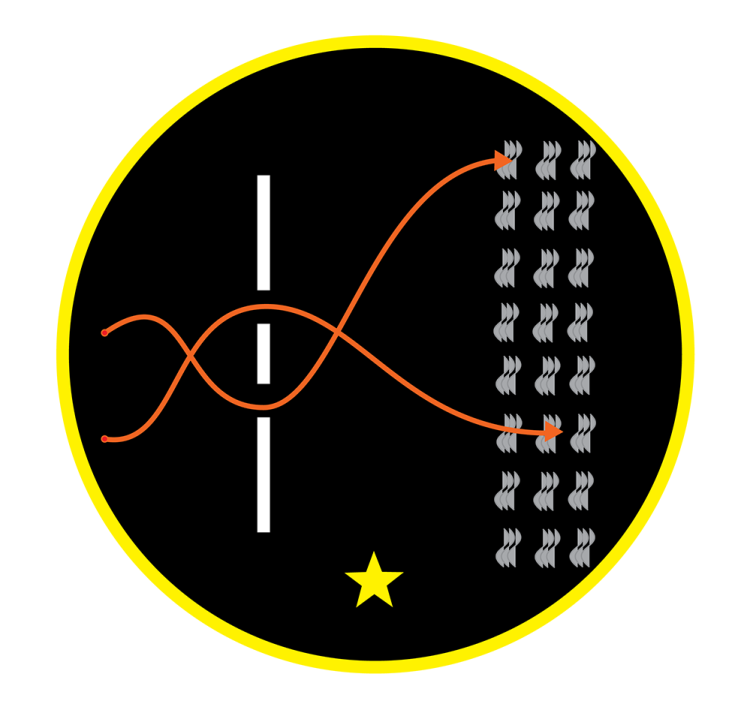concept
Bright House
Bright House [Jasny Dom] operated for six months in 2015, constituting presupposed environment-specific intervention into the artistic/bourgeois fabric of the city.
Bright House [Jasny Dom] operated for six months in 2015, constituting presupposed environment-specific interven- tion into the artistic/bourgeois fabric of the city. Original- ly founded as the first regular residence space in Krakow, whose aim only partially was to contribute to social life, it soon transformed into a peculiar laboratory operating in the living matter of the stagnant local artistic environment and its intersection with external circles. The catalysing effect was produced by visiting artists/residents. In order to fully grasp the formula, the nature, the role and the scale of its impact/operation range, it is necessary to locate it in the broader context/full spectrum of activities/events Bright House made possible.
Bright House was neither an art gallery, although it did serve as one on numerous occasions, nor a residence institu- tion in the strict sense of the word. It evolved into a place to live and to work, to meet others, to produce and exchange knowledge; a place of varying intensity, type and scope of activities, following the course of events and the emotions of its guests with no specific design. The morphic form of the space as well as the initial rejection of the obligation to go on enabled emancipation from the institutional regime of activity and keeping up with current requirements of art. The main aspect of Bright House was the discourse/play with the figure of townsfolk against which the local artistic scene was presented. The location in Krakow, a city with a typically borough character, with a sharp focus on the spe- cific social fabric suffocating in a closed circuit, provided reference to uncountable similar scenarios.
The name of the space was borrowed directly from a build- ing designed by Jan Zawiejski in late Secession style, which came to Krakow, as most movements did, seriously delayed. The construction of Bright House more than a century ago triggered an entirely novel approach to residential space, offering a radical opening of the only accepted formula so far: inner-directed town interiors. And thus the decision to enter this nonaccidental space became natural. This ar- chitecture was designed to comply with the new concept of town life or the new framework of urban conformism, but its architectural/practical assumptions reversed the poles of the established formula of Krakow townsfolk to a much greater extent, initiating a modernist evolution. Unexpect- edly large windows revealed interiors which had been con- cealed behind heavy dark curtains before, efficiently pro- tecting their inhabitants against the world, directing their attention inward and rocking them in a safe and close circle. Vast windows let or even forced in unprecedented amounts of light, thus challenging accepted ideas about living space, redirecting the attention and activity of its inhabitants out- wards, bringing the world home to them.
Bright House was founded to spark change and this was why the once bourgeois interior, which turned the previous concept of bourgeoisie upside down, provided a significant/ key background for Bright House. After all, although we tend to be fiercely critical of the burghers’ idea of the world and bounce off it, it is exactly residents of cities, gradually reclaiming those places for themselves, who we hope will effect change. It is city people that started most revolutions,
at the end of the day. In a relatively short period of time, Bright House became a place where artistic attitudes from various geographic areas and representing diverse environ- ments crossed, and it outdid many regular institutions with the volume of activity.
Within the period of its activity, it conversed on equal terms with overgrown institutional entities such as the National Museum in Krakow (some of artistic activities and exhi- bitions were divided parallel between these two venues), ephemerally founded spaces (Ciemny Dom [Dark House]) as well as informal institutions such as, for instance, Wolne Tory in Bytom or No-Place in Oslo, while venturing far into spaces of an institutionally unaffiliated, suspended, ambivalent status – fulfilling in this way the practical sce- nario of an up-dated figure of a creative centre, whose true significance lies not in belonging to a specific place, but in the ideas it has initiated and forwarded, while its operation is driven first and foremost by and by means of relations, freed from the imperative of productivity.
That being so, the activity of Bright House enabled, amongst others, a series of voices playing with the context of place (seen as a whole environment and relations conditioning it), dedicated to the artistic ego presented against and to- wards contemporary social evolution, including the world of art and its condition, institutional concepts, rationing of cultural memory and its social consequences, or – lastly – drafting and advocating social scenarios and prototypes.
curator:
Łukasz Trzciński
guest curators:
Agnieszka Kilian, Stanisław Ruksza
artists:
Bogdan Achimescu, AZORRO, Freja Bäckman,
Piotr Bujak, Bogna Burska, Maciej Chodziński,
Ashley Clark, Leone Contini, Hubert Czerepok,
Cristina David, Roman Dziadkiewicz, Katarzyna Górna, Rafał Jakubowicz, Christian Kobald, Paweł Kruk, Karolina Kucia, Mateusz Kula, Paweł Kulczyński, Yan Kurz, Przemysław Kwiek, Lukáš Machalický, Tomáš Moravec, Mikołaj Małek, Kobe Matthys,
Patrycja Orzechowska, Laura Pawela, Andrzej Pawłowski, Aleka Polis, Joanna Rajkowska, Jóhanna Ellen Ríkharsdóttir, Alicja Rogalska, Jerzy Rosołowicz, Maciej Salamon, Rudolf Samohejl, Kristian Skylstad, Łukasz Surowiec, Dominik Stanisławski, Łukasz Trzciński, Andrzej Urbanowicz, Matej Vakula, Jaro Varga, Marek Wasilewski, Joanna Wowrzeczka, Wiktor Zmysłowski and others
cooperation:
Joanna Bednarczyk, Filip Bochno, Cyprian Buś, Piotr Bujak, Ashley Clark, Agata Cukierska, Kaja Gliwa, Aleksandra Kotek, Katarzyna Maniak, Martyna Nowicka, Magdalena Petryna, Wojciech Ratajczak, Szymon Szyndlar, Katarzyna Trzeciak, Dominik Stanisławski, Marcin Wysocki
